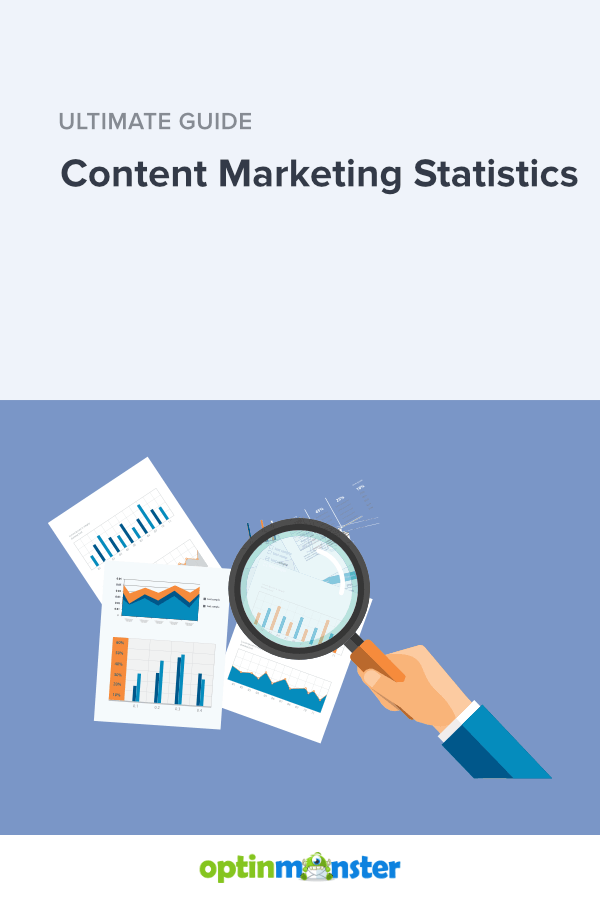In this article, we’ll dive deep into the most recent and compelling content marketing statistics, drawing insights from the comprehensive “The State of Content Marketing Global Report” by Semrush, HubSpot Marketing Trends Report, and Wyzowl.
1. In 2025, blogging will emerge as a leading format that marketers are adopting for the first time.
As we enter 2025, blogging is gaining newfound attention among marketers, highlighting its enduring relevance and effectiveness in digital strategies.
2. 50% of bloggers now utilize AI tools to enhance their content creation process.
The integration of AI in content creation marks a significant shift, with 50% of bloggers embracing this technology, underscoring its role in enhancing creativity and efficiency.
3. Nearly a third of marketers (29%) actively incorporate content marketing into their strategies.
The statistic that 29% of marketers actively use content marketing reflects its solid and consistent role in the marketing mix, emphasizing the value of content in engaging and retaining audiences.
4. Web traffic ranks as one of the top indicators for measuring the success of content marketing efforts.
The focus on web traffic as a primary measure of content marketing success underscores the importance of driving online engagement and the direct impact of content on website performance.
5. In 2024, 50% of marketers plan to boost their investment in content marketing.
With half of the marketers planning to increase their content marketing budget in 2024, it signals a growing recognition of content’s role in driving brand awareness and customer engagement.
6. Short-form videos have become the most utilized media format in marketing content strategies.
The preference for short-form video in content strategies highlights the shift towards more dynamic, engaging, and easily consumable content formats, catering to changing audience preferences.
7. YouTube stands as the most popular platform for video marketing among marketers.
YouTube’s status as the most widely used platform for video marketing reflects its vast reach and effectiveness in engaging diverse audiences, making it a cornerstone in video-driven marketing strategies.
8. Podcasts and other forms of audio content are part of the content strategy for 25% of marketers.
With 25% of marketers incorporating podcasts or other audio content, this trend points to the diversification of content strategies and the growing appeal of audio formats in capturing audience attention in a screen-dominated world.
9. 20% of articles are high-performing, 60% are average-performing, and 20% are low-performing based on organic search traffic, social media engagement, and backlinks.
A significant portion of content falls into the average category, indicating room for optimization.
10. “Everything You Need To Know” titles and Comparison types of content generate the most organic traffic, yet only 0.4% and 0.8% of all articles use these formats.
There’s an untapped potential for content marketers to leverage these underutilized formats.
11. Successful articles are based on original research, have a complex variety of titles and subheadings, are updated every 6-12 months, and provide a great reader experience.
Comprehensive and regularly updated content that’s well-structured tends to resonate more with readers.
12. Content length is less crucial than topic coverage. Comprehensive content performs better.
Instead of focusing on word count, marketers should ensure they cover topics thoroughly.
13. Articles with 7+ images get 555% more backlinks and 259% more unique page views than those without images. Articles with at least one video generate 70% more organic web traffic.
Visual content significantly boosts engagement and organic reach.
14. Fewer low-performing articles are under one month old, while more are in the 12-month-old group.
Regularly updating content can help maintain its performance.
15. 23.84% of high-performing blogs are published every day.
Consistency in publishing can lead to better performance.
16. Only 16.73% of high-performing blogs were difficult to read, while 33.45% were easy.
Clear and easily digestible content tends to perform better.
17. Longer articles tend to rank better, but Google emphasizes content usefulness over length.
Comprehensive content that addresses user intent can lead to better rankings.
18. Articles with data are higher performing, with 5% of high-performing articles containing data studies compared to 2% in the low-performing group.
Data-driven content can enhance credibility and engagement.
That’s it!
Now you have the content marketing stats you need to support your content marketing strategy, decisions, and undertake data-driven marketing.
Once you’re done with content creation, you can use OptinMonster to promote and share it. Here are three strategies to try:
- Create a campaign to grow your email list
- Boost engagement with gated content
- Use exit-intent® technology to grab your visitors’ attention before they leave your site
Check out more OptinMonster features to extend the reach of your content.
Next, check out some impressive content marketing examples and growth hacking so you can achieve even more success with your content. If you want to learn more about SEO, check out these SEO statistics.
More statistics you would like to see:
- 95+ Mind-Blowing Digital Marketing Statistics to Learn From
- 40+ Email Marketing Statistics You Need to Know
- Conversion Rate Optimization Statistics You Need to Know
- Ecommerce Statistics: Key Insights Every Business Should Know
- Ultimate List of Blogging Statistics and Facts
- Social Selling Statistics and Why It Matters
- 27 Video Marketing Statistics: What You Must Know












Add a Comment